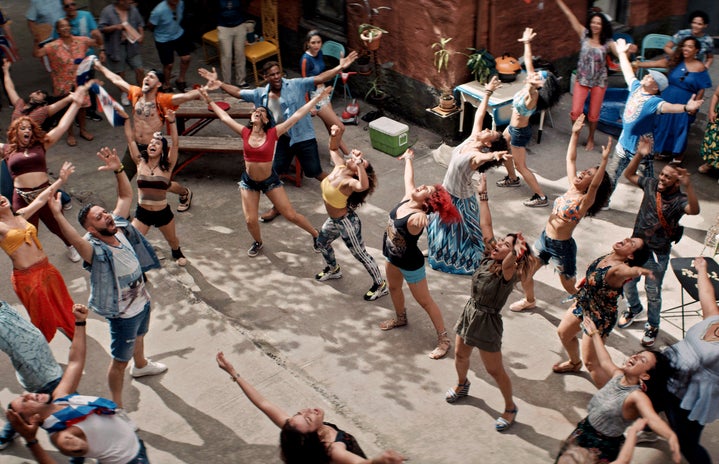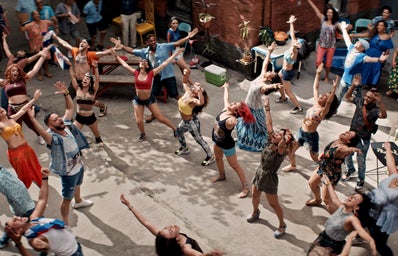-Shreyashi Paul
When you think of Belly Dance, the first thought that would come across your mind would perhaps be some Bollywood song scene where an actress can be seen dancing in focus around several men who look at her in a lustful, lecherous way. This is what is popularly called an ‘item song’. What does an item song mean?
Item songs are musical numbers inserted into a movie, mostly without any relevance to the actual plot of the movie. The urban dictionary defines an ‘item girl’ as a promiscuous woman. In Bollywood movies, an item girl is objectified and sexualised by a bunch of men and later on by the hooting mass in the movie theatres and elsewhere. The performance most often than not does not really focus on the dancing aspect. The woman is made to look extremely glamourous in her outfit and makeup, doing some exaggerated chest and hip movements with men grinning their hearts out.
But if we try to stop sexualising the dancers and applaud a performers ability to do what they do, then can we start a conversation about an artform in its purity, its origin, its history, the culture it comes from and what it actually means. So here is all you need to know about belly dancing.
Origin and history
‘Belly dance’ itself is a very ‘western’ term. The Arabic term for this oriental dance form is ‘Raks Baladi’ or the ‘Dance of the County’ and a broader term could be ‘Raks Sharqi’ or ‘Dance of the East’. It is believed that the dance has its origins some 6000 years ago in some pagan societies where the female deity was worshipped to celebrate her fertility. Some evidences even suggest that the dance form was done form was done to prepare a woman’s body to give birth.
Belly dance, in its typical form that we see today, has its roots in Egypt and Turkey and then travelled to the Middle East. Some Indian influence can be seen in the movements, like the hand gestures and head movements. A lot of the technical terms of the dance can be seen originating from traditional African dances. Thus, belly dancing has a tribal influence as well.
MOVEMENTS
The dance form requires immense agility, sense of rhythm, body control, muscle strength and grace. It involves intermediate to advanced levels of torso and hip movements, chest and hip isolations and drops, figure eights, body rolls, shimmies, free arm movements and travelling space. These elements combined together add colour and texture to the form.
Belly dancing is typically done to percussive music, where the dancer tries to hit the beats of the drums. It is also done to folk, classical and oriental music. Movements can range from being staccato and sharp to fluidic and soft, especially when done while improvising. The dance style, though mostly done on improvisation can also be choreographed.
HEALTH BENEFITS
In various ways, oriental dance has its own health benefits. Here are a few of them:
Increases bone density. Since it is a weight-bearing exercise comprising movements with one’s feet on the ground, everyone can try this out. It can even prevent osteoporosis.
Relieve spinal and back pains. Various movements that require the body to stay in a neutral position and other pelvic movements that is done by tucking the pelvis forward can help in fixing body postures and even reducing back aches.
Good prenatal exercise. It can help a person during their childbirth period as the movements help in gaining muscle strength and the pelvic movements can further prepare one for a natural childbirth.
Relieve PMS. Belly dancing helps in alleviating the pelvic congestion and helps in reducing stress.
Moreover, belly dance can be quite an empowering dance form as it allows the people performing it to express their creative selves thoroughly. It is a graceful and sexual art form that can let a person be in touch with their feminine grace and sexuality. It can unchain one from any form of oppression. Today the stereotypical act of associating only one gender to a feminine dance form like belly dance is slowly being done away with. Anyone and everyone, who want to can find an escape though oriental dance.


